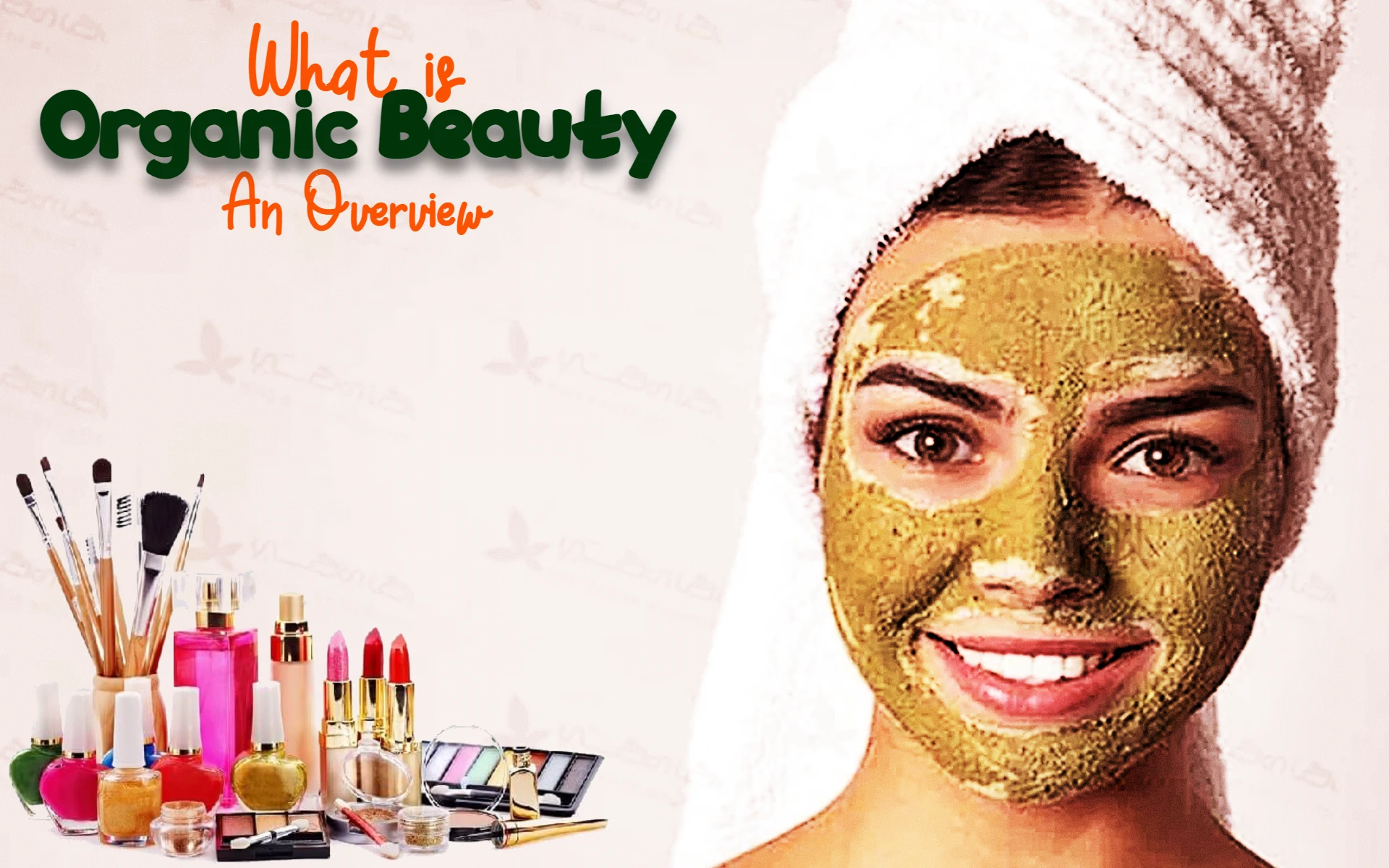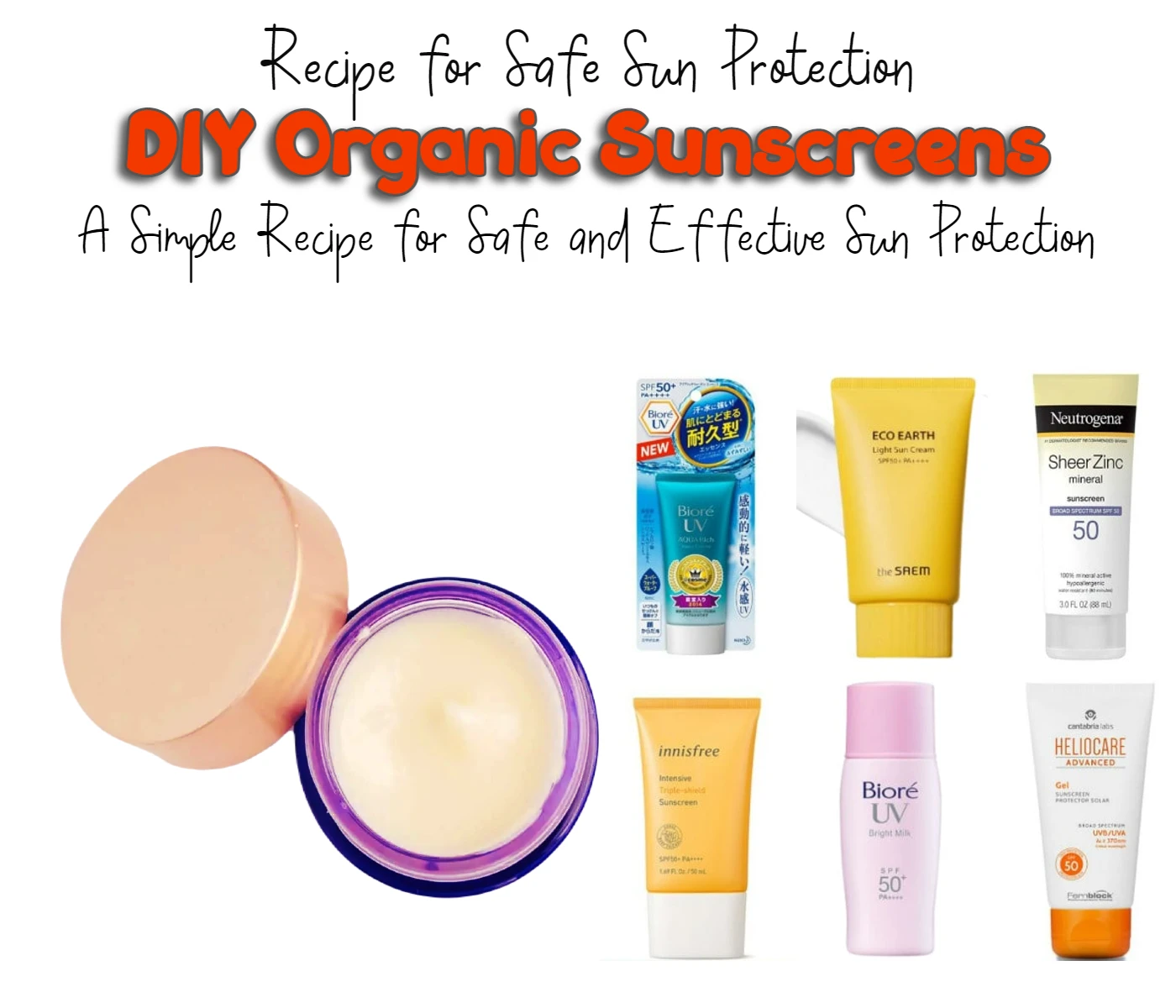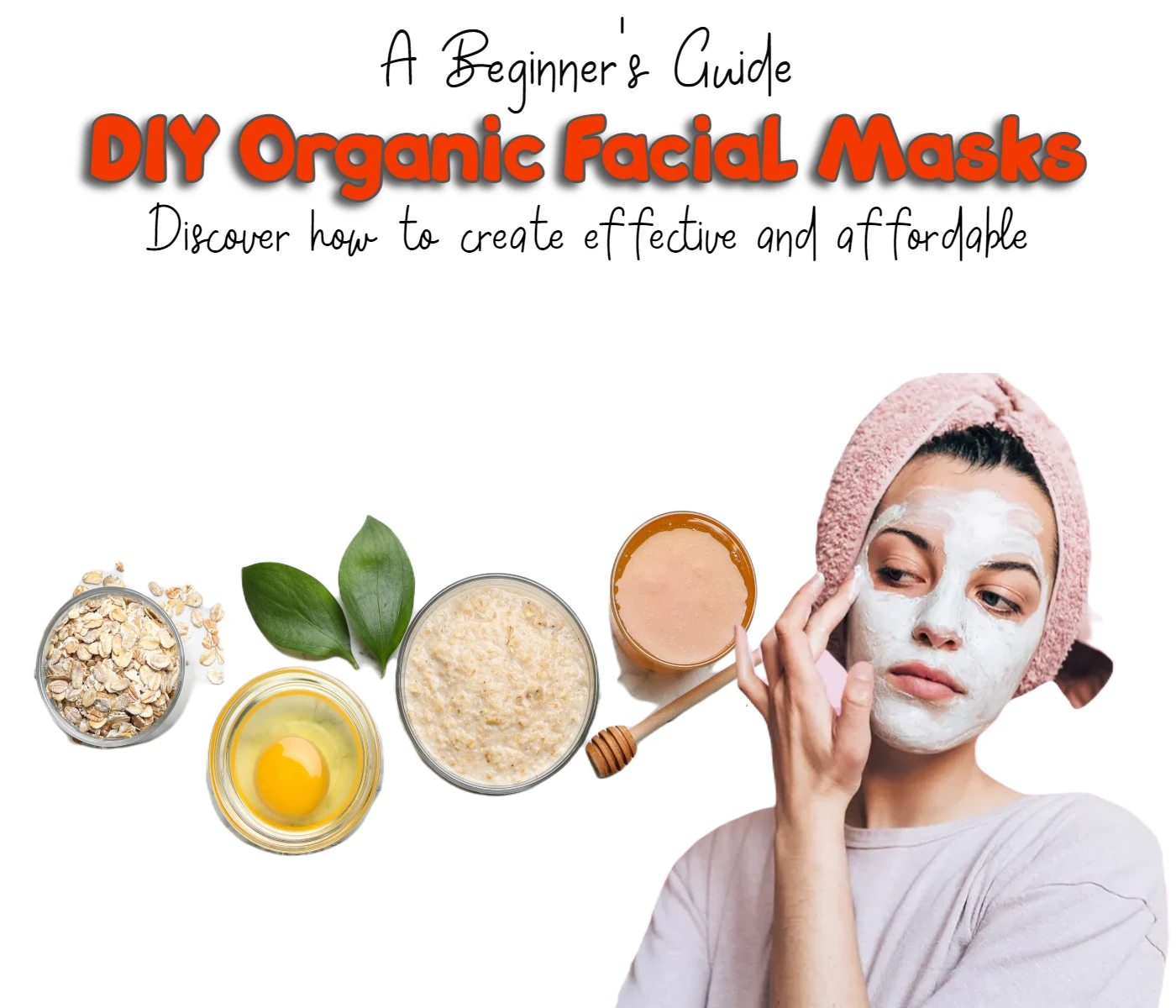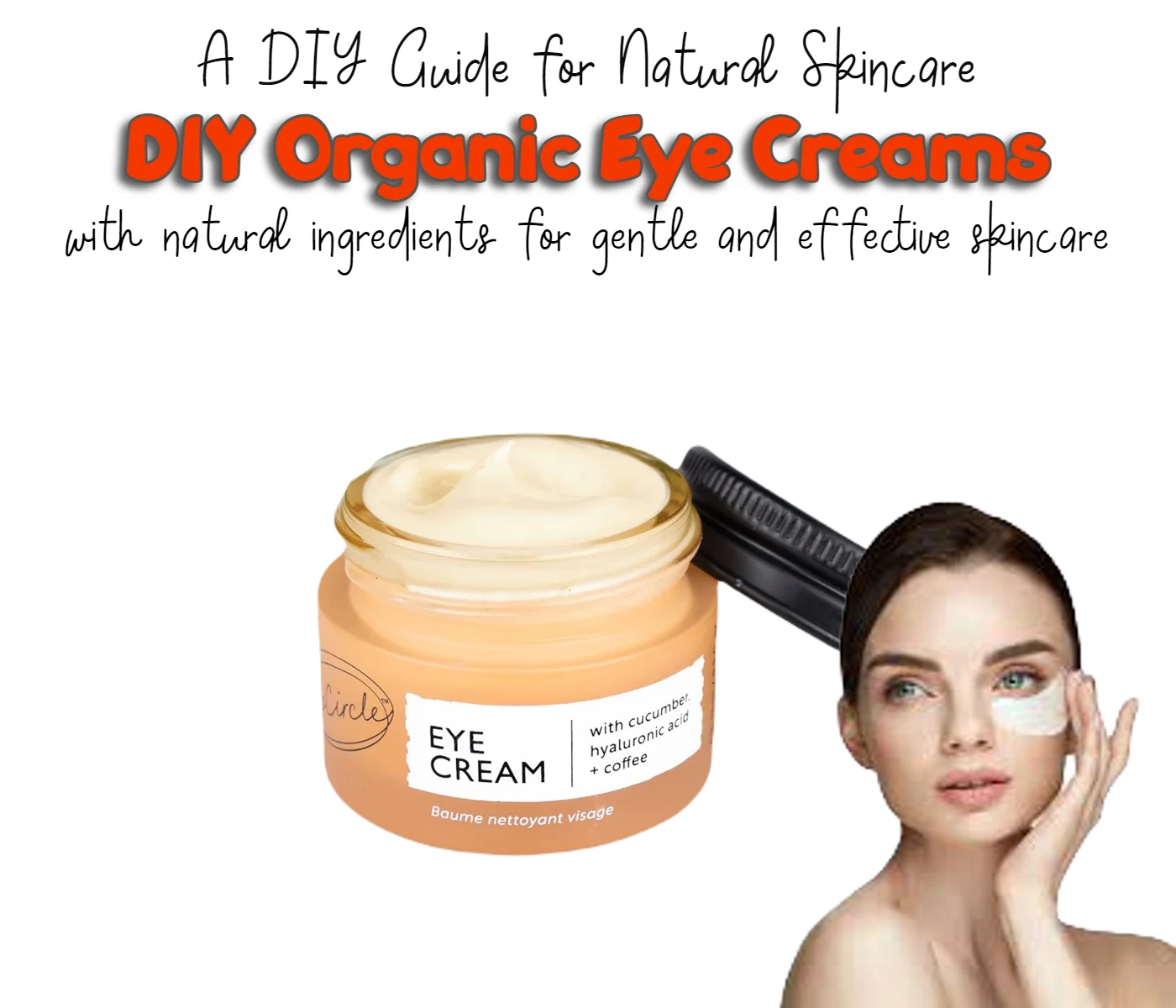How to Make Organic Facial Moisturizers at Home
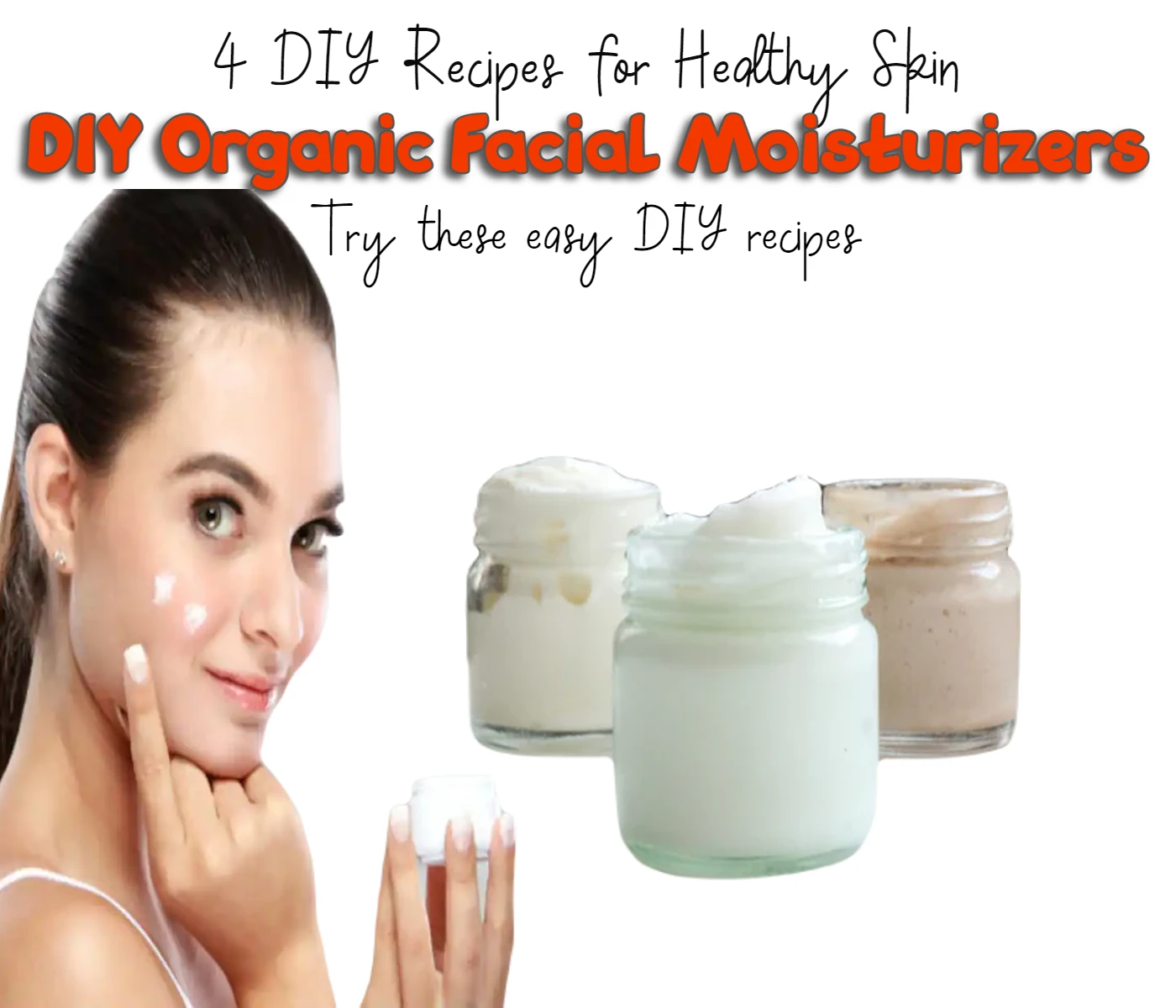
Hey there! Are you tired of using chemical-laden facial moisturizers that do more harm than good? Why not switch to organic facial moisturizers? Not only are they safer and more environmentally friendly, but they are also more effective in nourishing your skin. In this article, I will show you how to make your own organic facial moisturizers using natural ingredients that you can find in your kitchen or local health food store.
Before we dive into the recipes, let’s first talk about why organic facial moisturizers are better for your skin. Commercial moisturizers often contain synthetic chemicals that can be harmful to your skin and overall health. They may contain parabens, phthalates, synthetic fragrances, and other toxins that can cause irritation, breakouts, and even cancer.
On the other hand, organic facial moisturizers are made from natural and organic ingredients that are free from harmful chemicals. They are rich in vitamins, minerals, and antioxidants that can nourish your skin, improve its texture and tone, and reduce the signs of aging.
4 DIY Organic Facial Moisturizers Recipes for Healthy Skin
Now that you know why organic facial moisturizers are better, let’s move on to the recipes.
Recipe 1: DIY Organic Facial Moisturizer with Aloe Vera
Aloe vera is a well-known natural remedy for many skin issues, including dryness, acne, and aging. It is rich in vitamins A, C, and E, as well as antioxidants that can protect your skin from damage caused by free radicals. Here’s how you can make an organic facial moisturizer using aloe vera:
Ingredients:
- 1/4 cup aloe vera gel
- 1 tbsp sweet almond oil
- 1 tbsp coconut oil
- 1 tsp beeswax pellets
- 5-6 drops lavender essential oil
Instructions:
- In a small saucepan, melt the beeswax pellets over low heat.
- Add the sweet almond oil and coconut oil to the saucepan and stir until melted.
- Remove the mixture from heat and let it cool for a few minutes.
- Add the aloe vera gel and lavender essential oil to the mixture and stir until well combined.
- Transfer the mixture to a glass jar and let it cool completely before using.
Recipe 2: Homemade Organic Facial Moisturizer with Shea Butter
Shea butter is a natural emollient that can soften and hydrate your skin. It is rich in fatty acids and vitamins A and E, which can improve your skin’s elasticity and reduce the appearance of fine lines and wrinkles. Here’s how you can make an organic facial moisturizer using shea butter:
Ingredients:
- 1/4 cup shea butter
- 1 tbsp jojoba oil
- 1 tbsp rosehip oil
- 1 tsp beeswax pellets
- 5-6 drops geranium essential oil
Instructions:
- In a small saucepan, melt the beeswax pellets over low heat.
- Add the shea butter, jojoba oil, and rosehip oil to the saucepan and stir until melted.
- Remove the mixture from heat and let it cool for a few minutes.
- Add the geranium essential oil to the mixture and stir until well combined.
- Transfer the mixture to a glass jar and let it cool completely before using.
Recipe 3: All-Natural Organic Facial Moisturizer with Olive Oil
Olive oil is a common kitchen ingredient that can also be used in skincare. It is rich in vitamins and antioxidants that can nourish your skin and protect it from damage. Here’s how you can make an organic facial moisturizer using olive oil:
Ingredients:
- 1/4 cup extra virgin olive oil
- 1 tbsp beeswax pellets
- 1 tbsp cocoa butter
- 1 tsp vitamin E oil
- 5-6 drops tea tree essential oil
Instructions:
- In a small saucepan, melt the beeswax pellets and cocoa butter over low heat.
- Add the olive oil to the saucepan and stir until well combined.
- Remove the mixture from heat and let it cool for a few minutes.
- Add the vitamin E oil and tea tree essential oil to the mixture and stir until well combined.
- Transfer the mixture to a glass jar and let it cool completely before using.
Recipe 4: DIY Organic Facial Moisturizer with Coconut Oil
Coconut oil is a versatile ingredient that can be used in cooking, hair care, and skincare. It is rich in medium-chain fatty acids that can moisturize and nourish your skin. Here’s how you can make an organic facial moisturizer using coconut oil:
Ingredients:
- 1/4 cup coconut oil
- 1 tbsp jojoba oil
- 1 tbsp vitamin E oil
- 5-6 drops peppermint essential oil
Instructions:
To make an organic facial moisturizer using coconut oil, you will need a few other ingredients, including jojoba oil, vitamin E oil, and peppermint essential oil. Here are the steps you can follow to make this moisturizer:
- Melt the Coconut Oil
In a small saucepan, melt the coconut oil over low heat until it becomes liquid.
- Add the Jojoba and Vitamin E Oil
Add 1 tablespoon of jojoba oil and 1 tablespoon of vitamin E oil to the saucepan, and stir until the oils are well combined with the melted coconut oil.
- Remove from Heat and Cool
Remove the mixture from heat and let it cool for a few minutes.
- Add Peppermint Essential Oil
Add 5-6 drops of peppermint essential oil to the mixture and stir until it is well combined.
- Transfer to a Glass Jar
Transfer the mixture to a clean, sterilized glass jar and let it cool completely before using.
You can apply this homemade organic facial moisturizer to your face as needed, using clean fingertips to gently massage it into your skin. Be sure to store the jar in a cool, dry place away from direct sunlight to maintain the quality of the ingredients.
With this easy recipe, you can enjoy the moisturizing and nourishing benefits of coconut oil for your skin, while also avoiding potentially harmful chemicals found in commercial products.
Tips for Making Organic Facial Moisturizers:
- Always use high-quality organic ingredients for the best results.
- Use a double boiler or a glass bowl over a pot of boiling water to melt the ingredients. Avoid direct heat, as it can damage the natural properties of the ingredients.
- Use a glass jar or a container to store the moisturizer, as plastic can leach chemicals into the product.
- Add essential oils for fragrance and extra nourishment, but be careful not to use too much, as they can be irritating to some skin types.
- Apply the moisturizer to clean, dry skin and massage gently in circular motions until fully absorbed.
In conclusion, making your own organic facial moisturizer is easy, affordable, and beneficial for your skin. By using natural and organic ingredients, you can avoid harmful chemicals and nourish your skin with vitamins, minerals, and antioxidants. Try out these recipes and see how your skin improves over time. Cheers to healthy and happy skin!
Maintenance
If you’ve made a homemade organic facial moisturizer, it’s important to take proper care of it to ensure that it stays fresh and effective for as long as possible. Here are some tips for maintaining your homemade moisturizer:
- Store it properly: Store your moisturizer in a cool, dry place away from direct sunlight. Heat and light can cause the ingredients in your moisturizer to break down and lose their effectiveness.
- Use a clean container: Make sure the container you’re using to store your moisturizer is clean and sterile. Wash it with hot, soapy water and dry it thoroughly before filling it with your moisturizer.
- Use clean hands: When using your moisturizer, make sure your hands are clean to avoid introducing bacteria into the container. Wash your hands with soap and warm water before using your moisturizer.
- Check for signs of spoilage: Over time, organic products can spoil or go rancid. Check your moisturizer regularly for any signs of spoilage, such as a strange odor or a change in color or texture. If you notice any of these signs, it’s time to throw out your moisturizer and make a fresh batch.
- Use it up quickly: Homemade moisturizers don’t contain preservatives, so they have a shorter shelf life than commercial products. Use up your moisturizer within a few weeks to ensure that it stays fresh and effective.
Tips to use home made Organic Facial Moisturizers
Here are some tips to get the most out of your product:
- Cleanse your face before applying: Make sure your face is clean before applying your moisturizer. Use a gentle cleanser to remove dirt, oil, and makeup from your skin.
- Use a small amount: A little goes a long way when it comes to moisturizers. Use a pea-sized amount of product and gently massage it into your skin.
- Apply to damp skin: For maximum absorption, apply your moisturizer to damp skin. This will help to lock in moisture and keep your skin hydrated throughout the day.
- Be gentle: When applying your moisturizer, be gentle with your skin. Use your fingertips to gently massage the product into your skin in a circular motion.
- Let it absorb: Give your moisturizer time to absorb into your skin before applying makeup or other skincare products. This will ensure that it has time to fully penetrate your skin and provide the benefits it promises.
- Use as needed: Use your moisturizer twice a day, in the morning and at night, or as needed. Pay attention to your skin’s needs and adjust your usage accordingly.
- Store properly: Store your moisturizer in a cool, dry place away from direct sunlight. Use a glass jar or container to avoid leaching of chemicals from plastic.
Best Organic Facial Moisturizers Brands
If you’re not interested in making your own organic facial moisturizers at home, there are plenty of great brands out there that offer high-quality, natural and organic moisturizers. Here are some of the best organic facial moisturizer brands on the market:
- The Ordinary: This brand offers a wide range of affordable, natural and organic skincare products, including moisturizers. Their Natural Moisturizing Factors + HA is a great option for those with dry or dehydrated skin.
- Dr. Hauschka: This brand has been around for over 50 years and is known for its natural and organic skincare products. Their Rose Day Cream is a luxurious and nourishing moisturizer that’s perfect for dry or sensitive skin.
- Tata Harper: This brand is all about using natural and organic ingredients to create effective skincare products. Their Repairative Moisturizer is a popular choice for its ability to hydrate and plump the skin while reducing the appearance of fine lines and wrinkles.
- Pai Skincare: This brand is perfect for those with sensitive skin, as all of their products are formulated with natural and organic ingredients that are gentle on the skin. Their Chamomile & Rosehip Calming Day Cream is a great option for soothing and hydrating the skin.
- Herbivore Botanicals: This brand is known for its beautiful packaging and natural, plant-based skincare products. Their Pink Cloud Rosewater Moisture Cream is a fan favorite for its ability to hydrate the skin without leaving a greasy residue.
- Juice Beauty: This brand is all about using organic ingredients to create effective skincare products. Their Stem Cellular Anti-Wrinkle Moisturizer is a great option for those looking to target fine lines and wrinkles while also hydrating the skin.
- Kora Organics: This brand was founded by supermodel Miranda Kerr and is known for its natural and organic skincare products. Their Noni Glow Face Oil is a great option for those looking for a lightweight, hydrating moisturizer that also gives the skin a radiant glow.
No matter which brand you choose, be sure to read the ingredients list and make sure it aligns with your skincare goals. Look for natural and organic ingredients and avoid harmful chemicals like parabens and synthetic fragrances.
FAQs
Making your own organic facial moisturizers allows you to have control over the ingredients used in your skincare products. You can avoid harmful chemicals and use natural and organic ingredients that nourish and moisturize your skin.
Some natural ingredients you can use include shea butter, cocoa butter, coconut oil, jojoba oil, almond oil, and essential oils like lavender, tea tree, and peppermint.
It’s best to choose a recipe that is tailored to your skin type. If you have dry skin, try a recipe that uses shea butter or cocoa butter. If you have oily skin, try a recipe that uses jojoba oil or almond oil. Combination skin can benefit from a recipe that uses a mix of ingredients.
Yes, you can add essential oils to your moisturizer for added fragrance and nourishment. Just be sure to use them in small amounts, as they can be irritating to some skin types.
It’s best to store your moisturizer in a glass jar or container to avoid leaching of chemicals from plastic. Keep it in a cool, dry place away from direct sunlight. Use within 6 months for best results.
It’s recommended to use your facial moisturizer twice a day, in the morning and at night, after cleansing your face. However, you can adjust the frequency depending on your skin’s needs.
Read More:
Contents
- 4 DIY Organic Facial Moisturizers Recipes for Healthy Skin
- Tips for Making Organic Facial Moisturizers:
- Maintenance
- Tips to use home made Organic Facial Moisturizers
- Best Organic Facial Moisturizers Brands
- FAQs
